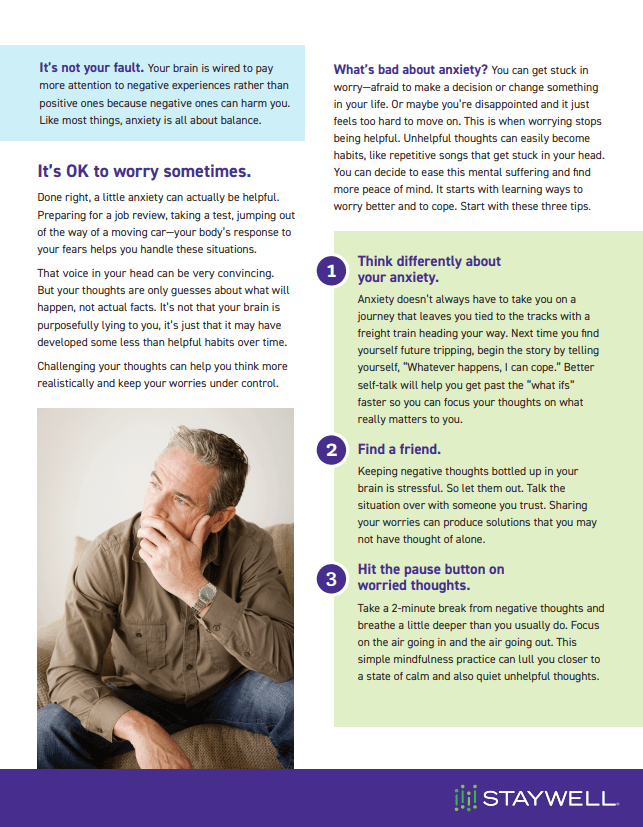
A quiet morning near the water. Driving with your windows down. That feeling after a great workout.
Life is full of tiny enjoyable moments. All you have to do is be there to notice them.
This year, Well Wisconsin is inviting you to tune in to greater well-being. Because there’s no better time than now to make healthy choices.
Take care of yourself. Get rewarded for it.
Even though the Well Wisconsin experience is new this year, the reward remains the same.
Complete these three activities by October 8, 2021, to earn a $150 Well Wisconsin gift card*:
- HEALTH ASSESSMENT: Complete WebMD ONE’s 10-minute questionnaire.
- HEALTH CHECK: Complete one of the following health checks:
- Biometric screening
- Dental exam
- One coaching session
- WELL-BEING ACTIVITY: Complete one of the many activities WebMD has to offer, including Daily Habits, well-being challenges, health coaching and more.
Not eligible for rewards? Well, you’re still eligible for improved well-being.
If you don’t qualify for Well Wisconsin rewards, don’t worry: You can still benefit from well-being activities, like challenges and Daily Habits campaigns.
And you can still join us at webmdhealth.com/wellwisconsin to take bold steps toward improved well-being.
Improved experience powered by WebMD ONE
Our well-being partner, StayWell, has merged with WebMD Health Services to boost your Well Wisconsin experience in every way.
With the new WebMD ONE wellness portal, you can find what you’re looking for more quickly and enjoy personalized recommendations, information and action plans.
And your privacy will always be protected. See our privacy video for more information about how we keep your information secure.
Let’s get started—together
We know: It’s a lot easier said than done to “be in the moment.” Especially with all that’s currently going on.
But don’t worry—we’ve got you. The tools and resources available to you through Well Wisconsin can help guide and support you. We’ll help you take care and be there for life’s most meaningful moments.
It all starts at webmdhealth.com/wellwisconsin. Create a new account today to get started. (Yeah, you’ll have to take this step—sorry. New portal, new account, new approach to well-being!) (NOTE: After clicking on the link above, click Create Account, and then you will enter some personal information, such as date of birth and email address to create your account. Please note that your UWGB user name and password will not work – you will need to create a user name and password specific to the Well Wisconsin/WebMD ONE portal.)
Questions?
Contact Customer Service at 800-821-6591 or email CustomerSupport@webmd.net.
Download our mobile app, Wellness At Your Side
- Visit the Apple App Store or the Google Play Store and search for “Wellness At Your Side.”
- After downloading and opening the app, enter your Connection Code: SOWI
Your privacy is important
Whether you’re completing the health assessment, getting a biometric screening or speaking with your health coach, WebMD is committed to protecting your privacy. Please watch WebMD’s short privacy video for details.
*The Well Wisconsin incentive program is a voluntary program available to employees, retirees and spouses enrolled in the State of Wisconsin Group Health Insurance Program, excluding Medicare Advantage participants who have incentives available through their health plan. The Well Wisconsin incentive will automatically be issued to eligible participants upon completing the applicable activities. All wellness incentives paid to participants are considered taxable income to the group health plan subscriber and are reported to their employer, who will issue a W2. In some cases, the Wisconsin Retirement System acts as the employer. Retirees, continuants and their spouses will have some taxes withheld from the incentive amount earned.
Source: Well Wisconsin












